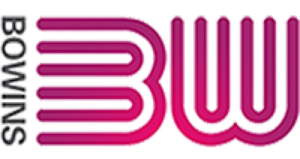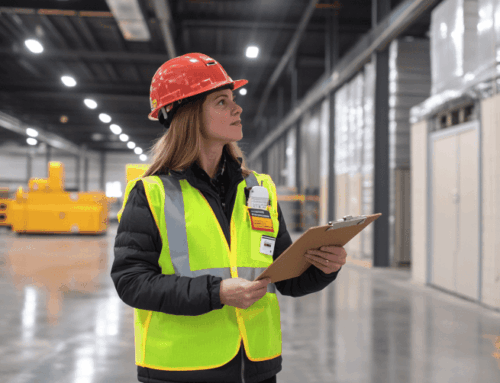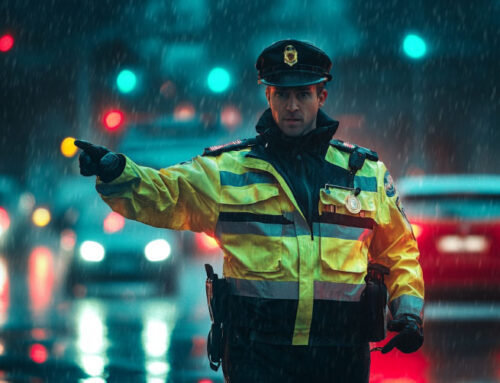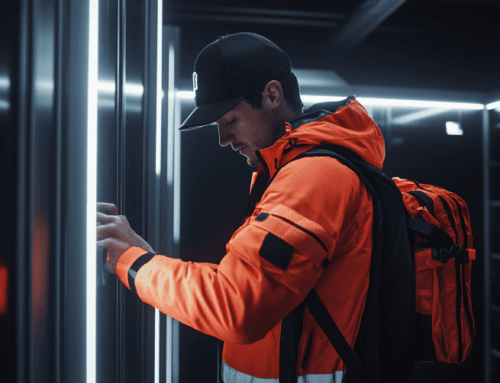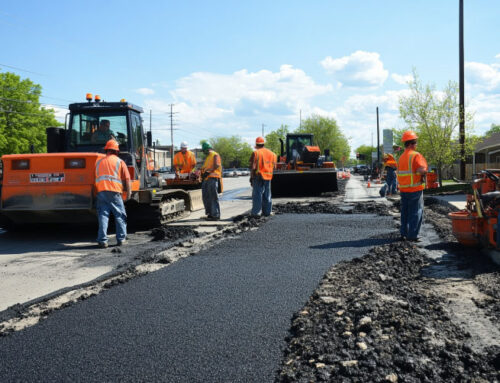High-visibility safety vests (often called hi vis vests) are essential personal protective equipment used to keep workers visible and safe. Many organizations choose to buy hi vis vests wholesale to supply large workforces across construction sites, highways, airports, warehouses, and industrial facilities. Purchasing in bulk can reduce cost per vest and ensure consistent quality, but it requires careful planning. This guide explains how to buy hi vis vests wholesale, covering their widespread use in various sectors, key purchasing factors (materials, standards, customization, sourcing), how to evaluate safety vest suppliers, and tips for managing large orders while maintaining compliance and worker safety.
1. Wide Usage of Hi Vis Vests Across Sectors
High-visibility vests are ubiquitous in industries where workers must be seen to prevent accidents. They are commonly mandated in occupations with moving vehicles or low-light conditions, including road construction crews, highway flaggers, airport ground staff, railway maintenance teams, and emergency responders. In construction and roadway work, for example, fluorescent orange or yellow-green vests with reflective striping make personnel stand out to drivers and heavy equipment operators, greatly reducing the risk of collisions. Logistics and warehouse workers also wear reflective vests in loading bays and forklift zones to ensure visibility. Industrial facilities and utilities (electric, gas, etc.) similarly require safety vests for crews working around machinery or traffic. By improving visibility, these vests significantly lower the chance of “struck-by” injuries and accidents. The broad demand across sectors underlines why many companies seek reflective vests bulk purchase arrangements to outfit their entire workforce.
- Construction and Road Work:On building sites and highway projects, high-vis vests are often mandatory. Construction workers near heavy equipment and road crews in traffic zones rely on Class 2 or 3 safety vests (per ANSI standards) to stay visible to machine operators and motorists. This widespread use makes construction the single largest end-use sector for high-visibility clothing (about 23% of global demand).
- Airports and Aviation:From tarmac ground crews to baggage handlers, airport staff wear high-visibility vests to prevent accidents around aircraft and service vehicles. Many airport authorities require apron workers to don these vests at all times in active areas. Bright reflective vests ensure that pilots and vehicle drivers can spot personnel even in poor weather or nighttime.
- Warehousing, Logistics, and Industry:In warehouses, distribution centers, and manufacturing plants, hi-vis workwear is used to alert forklift operators and coworkers to a person’s presence. These vests often include additional features like ID card pockets or radio clips for logistics teams. The garments improve safety and also help identify authorized personnel in busy industrial environments.
By understanding the contexts in which hi vis vests wholesale orders will be used, buyers can select the appropriate vest types (e.g. lighter mesh vests for hot climates or flame-resistant vests for welding sites) that best protect workers in each sector.
2. Key Factors in Purchasing Wholesale Hi Vis Vests
When planning a wholesale reflective vests purchase, it’s crucial to consider product features and compliance requirements. High-visibility vests may seem simple, but variations in material, design, and safety ratings can impact their effectiveness and suitability for your needs.
2.1 Material Types and Vest Design
Material – Most hi-vis vests are made from lightweight, durable synthetic fabrics (typically polyester). Mesh vests provide breathability for hot outdoor conditions, while solid-fabric vests offer more surface area for reflective tape and better protection from wind or rain. Some specialized vests use poly-cotton blends or even flame-resistant materials for workers exposed to fire or sparks (common in utilities or oil and gas industries). When buying hi vis vests wholesale, evaluate the fabric quality and weight. A slightly heavier, well-stitched vest may last longer in tough working conditions than an ultra-light disposable vest – balancing cost vs. durability is key.
Design – Consider the vest style and features needed for your workforce. Standard cheap breakaway safety vests (with velcro closures that come apart if caught in machinery) are often chosen for highway and manufacturing jobs to prevent snagging hazards. “Surveyor” vests or those for engineering teams might include multiple pockets, zippers, and reinforced stitching for carrying tools or maps. High-contrast designs (e.g. neon background with contrasting color trim behind reflective strips) can enhance visibility. Ensure the design (whether simple two-band reflective tape or a vest with sleeves) meets the required visibility class for the job (more on classes below). The material and design choices will affect unit price, so outline your specifications clearly when seeking safety vests suppliers.
2.2 Safety Standards and Compliance (ANSI/EN ISO)
Compliance – High-visibility apparel is governed by strict safety standards in most developed markets, so wholesale vests must meet the relevant regulations. In the United States, the key standard is ANSI/ISEA 107, which classifies safety vests into Performance Classes 1, 2, or 3 based on the amount of fluorescent background material and reflective tape. Class 2 and Class 3 vests (with more reflective coverage, and Class 3 including sleeves) are typically required for road work, construction, and other high-risk jobs. ANSI/ISEA 107 specifies design requirements for color (fluorescent lime, orange, or red) and retroreflective strip placement to ensure 360° visibility. Always verify that any bulk vests intended for U.S. workers are labeled as ANSI/ISEA 107 compliant (e.g. check for certificates or tags from the manufacturer).
In Europe (and many international markets), the EN ISO 20471 standard applies. EN ISO 20471 similarly defines requirements so that high-visibility clothing makes the wearer clearly visible in all lighting conditions, including specific tests for brightness and reflective performance. Vests are categorized in Classes 1–3 under this standard as well, with Class 3 offering the highest visibility (often required for highway and railway workers in the EU). When you buy hi vis vests wholesale for export to different regions, be mindful of these standards: a vest meeting EN ISO 20471 (Europe) or CSA Z96 (Canada) might have slightly different reflective tape width or placement than the U.S. ANSI standard. It’s wise to source vests certified to all relevant standards your operations need. Ensuring compliance is not just about regulations – it directly impacts worker safety. As one market analysis noted, government safety rules in many countries mandate high-vis clothing in hazardous environments to reduce accidents, so non-compliant vests could put your employees at risk and expose your company to liability.
2.3 Customization and Branding Options
Customization – An advantage of working with safety vests suppliers directly is the ability to customize vests for your organization. Branding your high-vis vests with company logos, names, or unique colors can enhance professionalism and team identity. Custom logo printing (usually on the back or front chest of the vest) turns a safety garment into a branding opportunity – anyone who sees your crew sees your logo, essentially free advertising and a more unified corporate image. Consistent branding also helps workers and supervisors easily identify team members on multi-contractor sites or crowded events. According to industry experts, having a uniform look with company logos and colors on PPE can build credibility and improve communication, as workers instantly recognize their colleagues.
When planning a reflective vests bulk purchase, consider if you need special colors or markings for different roles. For example, security personnel at an event might wear vests with “SECURITY” in bold text, maintenance crews might have their department name on the back, or supervisors might have a different vest color to stand out. Ensure any such custom requests still adhere to safety standards (e.g. don’t cover too much of the fluorescent material with logos, and use approved reflective lettering). Custom features like ID badge holders, radio mic clips, or specific pocket configurations can often be built into large orders by experienced manufacturers. Keep in mind that customization may require higher minimum order quantities and slightly longer production lead times. It’s wise to request a pre-production sample of a custom workwear vest with your logo to verify print quality and placement before the full order is made.
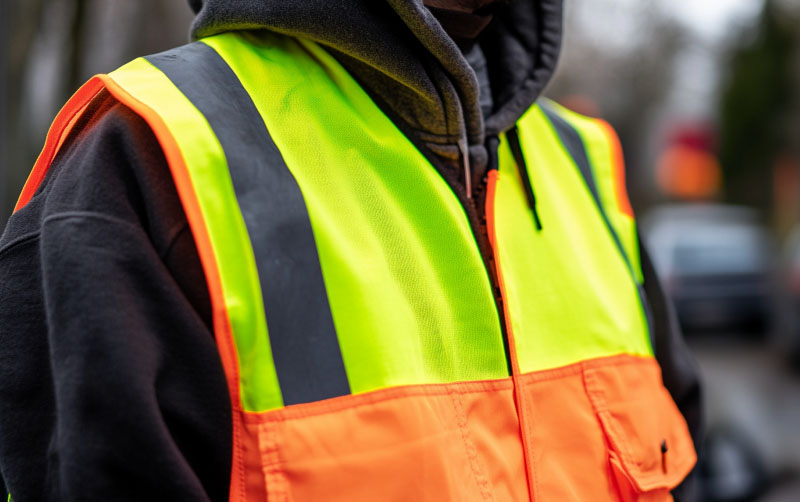
3. Sourcing and Evaluating Wholesale Vest Suppliers
Global Sourcing – High-vis vests are produced worldwide, with a large portion of wholesale supply coming from Asia (China, Vietnam, Bangladesh, etc.) due to cost-efficient manufacturing. Many Western safety gear brands actually source from original equipment manufacturer (OEM) factories in these regions and then sell domestically. If you are buying hi vis vests wholesale in truly large volumes (hundreds or thousands of units), it may be cost-effective to work directly with an overseas manufacturer. However, you should weigh factors like shipping costs, import duties, and lead times. Ordering from a local distributor or wholesaler in North America, Europe, or Australia might offer faster delivery and easier communication, albeit at higher unit prices.
Currently, North America, Europe, and Australia represent the biggest markets for high-visibility workwear, driven by strict safety regulations and enforcement. North America alone accounted for roughly 35% of the global high-visibility clothing market in 2024, reflecting OSHA’s strong influence and high safety awareness. Europe similarly has widespread adoption due to longstanding safety norms. These regions have many established suppliers and importers specializing in certified safety vests. Meanwhile, demand is rising in emerging markets as industrial and infrastructure growth accelerates. Regions like Southeast Asia and Eastern Europe are increasingly adopting high-vis PPE as they strengthen safety standards – global studies note that expanding safety regulations in emerging economies are creating new demand for high-visibility clothing. Buyers in those markets might explore regional manufacturers or joint ventures, though quality can vary. In any case, no matter where you source, thorough supplier evaluation is critical when ordering hi vis vests wholesale.
3.1 What to Look for in a Supplier
When comparing safety vests suppliers or manufacturers, assess each on several key criteria:
- Production Capacity & Quality Control:Can the supplier reliably produce the volume you need within your timeframe? Look for a track record of large orders and ask about their quality assurance process (e.g. do they inspect reflective tape adhesion, stitching strength, and ANSI/EN ISO compliance for each batch?). A factory with ISO 9001 quality management certification or similar credentials is a good sign. For example, an experienced OEM producer like BOWINS Garment (Taian BOWINS Garment Co., Ltd) in China combines high manufacturing capacity with strict QC, making it capable of delivering big orders without sacrificing quality.
- Certifications & Compliance:Verify that the supplier’s products meet required standards (ANSI/ISEA 107, EN ISO 20471, etc.) and that they can provide documentation or third-party lab test reports. Many countries legally require workers to wear compliant high-visibility garments, so your bulk order is only as good as the safety certificates behind it. Reputable suppliers will readily share their ANSI/ISO certification details. Avoid gray-market vendors selling untested or counterfeit hi-vis vests, as those could endanger workers and violate regulations.
- Customization & Flexibility:If you need custom logos, unique colors, or modified designs, ensure the supplier offers OEM/ODM services. Discuss customization options and confirm they can achieve what you want (printing method, extra features) at scale. A good wholesale partner will be flexible in meeting your design needs while controlling costs. Also evaluate their communication – clear and responsive communication in the sourcing stage often translates to smoother production and on-time delivery.
- Additionally, consider cost controlpractices: the ideal supplier will help optimize costs through bulk pricing tiers, efficient packaging, and shipping coordination. However, be wary of any quote that seems “too cheap to be true” – ultra-low pricing might indicate cut corners on reflective material quality or fabric durability. It’s about finding a balance between cost and quality from a reliable safety vests supplier that can become a long-term partner.
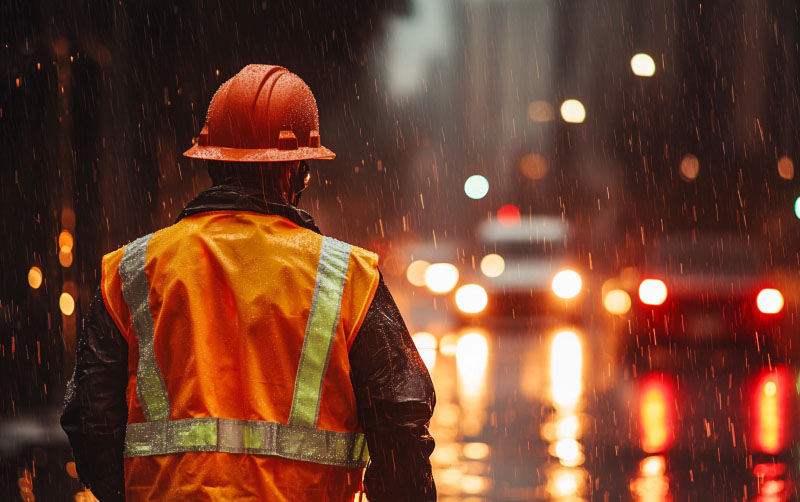
4. Bulk Order Strategies and Ensuring Safety Compliance
Bulk Purchasing Tips – Buying hi vis vests wholesale requires strategic planning beyond just picking a supplier. First, forecast your needs accurately. Determine the range of sizes and quantities required for your workforce (and consider ordering a few extras for new hires or replacements). Bulk orders often have long lead times, especially if shipped internationally, so place orders well in advance of when stock is needed – rushing a large order last-minute can be costly. Negotiate volume discounts: many manufacturers have price breaks at certain quantities, so it may be wise to slightly increase the order to hit the next discount tier if you know the vests will get used eventually. Also factor in shipping: for overseas production, sea freight is cheapest for bulk but takes longer, while air freight is faster but expensive – a combination may work if you need some vests urgently and the rest can come by sea. If your operations are spread across regions, you might split the order among multiple suppliers or locations to reduce shipping time and import fees, though this adds complexity.
Quality Assurance – Never let the scale of a wholesale order compromise the safety function of the vests. Insist on compliance testing and consider requesting pre-shipment samples or even hiring a third-party inspection for your first large order from a new supplier. All vests in the batch should use the same certified high-reflectivity tape and proper fluorescent fabric. When the shipment arrives, do random spot-checks: verify the reflective strips shine brightly under light and measure if necessary, check that vest labels correctly show ANSI/ISO class ratings, and ensure the construction matches what was promised. Remember that these vests are protecting real people in dangerous conditions. In 2020, there were 4,764 fatal workplace injuries in the U.S., many due to traffic and equipment accidents – robust high-visibility PPE is a proven measure to help prevent such tragedies. Compliance and worker protection go hand in hand: a wholesale deal is not truly a bargain if the vests fail to prevent an injury.
Optimize Usage – Finally, implement a good system for distributing and maintaining the vests. When you buy hi vis vests wholesale, you’ll have a large inventory – store them in a clean, dry area to preserve their visibility (UV light can degrade fluorescent colors over time). Establish a schedule for replacing vests, since reflective materials can wear out; for example, some companies replace vests every 6-12 months or after a certain number of washes to ensure peak performance. Train your workforce on why the vests are critical and how to use them properly (e.g. keeping them clean, worn closed, not covered by other clothing). By treating high-visibility vests as a vital safety investment rather than a disposable commodity, you will get the best value from your wholesale purchase – in saved lives, improved compliance, and a safer work environment for all.
